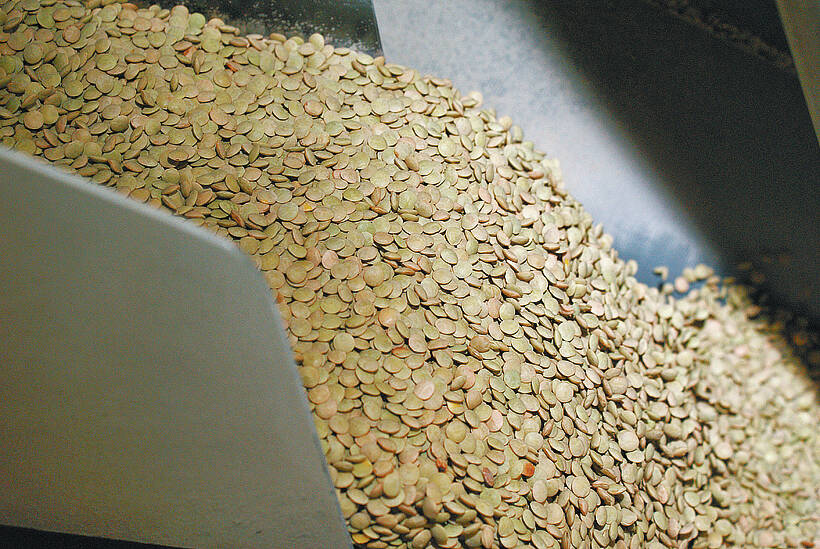If my research is right, next year marks the 25th anniversary of Tower, the first Canadian-developed “canola quality” rapeseed. I hope celebrations are being planned.
The long struggle from rapeseed to canola, begun in the 1940s and won in the 1970s, is a towering achievement worthy of pride by farmers and indeed all Canadians because it would not have been possible without public support.
Canola’s successes have become so commonplace we might begin to forget their importance. But if we needed a reminder, it came last week with seeded acreage estimates from Statistics Canada and the United States Department of Agriculture.
Read Also

Green lentil market oversupplied
Farmers in Western Canada can expect price pressure on their new crop of green lentils, as the available supplies among the world’s major lentil-growing nations increase significantly.
StatsCan put canola’s area at 13.43 million acres, second only to 1994 amounts. The estimate is an increase of 1.4 million acres over StatsCan’s April preseeding report.
That’s an increase of almost 10 percent and the amazing thing is that, despite the prospect for larger supplies, canola prices rose during the week, although they fell July 6 along with soybeans.
Demand for the oil is so great that an increase in supply was not considered a drawback. Crushers will be happy that next year they won’t face the seed shortage they are looking at this summer.
Meanwhile, the USDA seeding report said canola acres there are up 35 percent to 1.133 million acres.
That’s still small potatoes compared to the main U.S. oilseed, soybeans, but for the northern plains canola is becoming important.
Australia is also growing more canola, and canola-quality rapeseed has long been an important crop in Europe.
Canola is becoming an oilseed of truly global importance.
In Canada, it is worth about $2 billion to farmers and countless millions more to the growing crushing industry. The crop will soon become even more important thanks again to Canadian research.
For about a decade, Agriculture Canada and private breeders have been working on brassica juncea, or mustard, to alter its oil profile to make it similar to canola.
Canola-quality mustard will be more drought tolerant than napus and rapa varieties and it will also be blackleg resistant. This will make the oilseed an acceptable risk in drier areas of the Prairies and give existing producers another rotation option to battle disease build up.
A variety of canola-quality mustard might be registered next year. If so, it would provide the perfect combination to celebrate – a quarter century since the variety that started it all and a new variety to take the industry into a new century.














